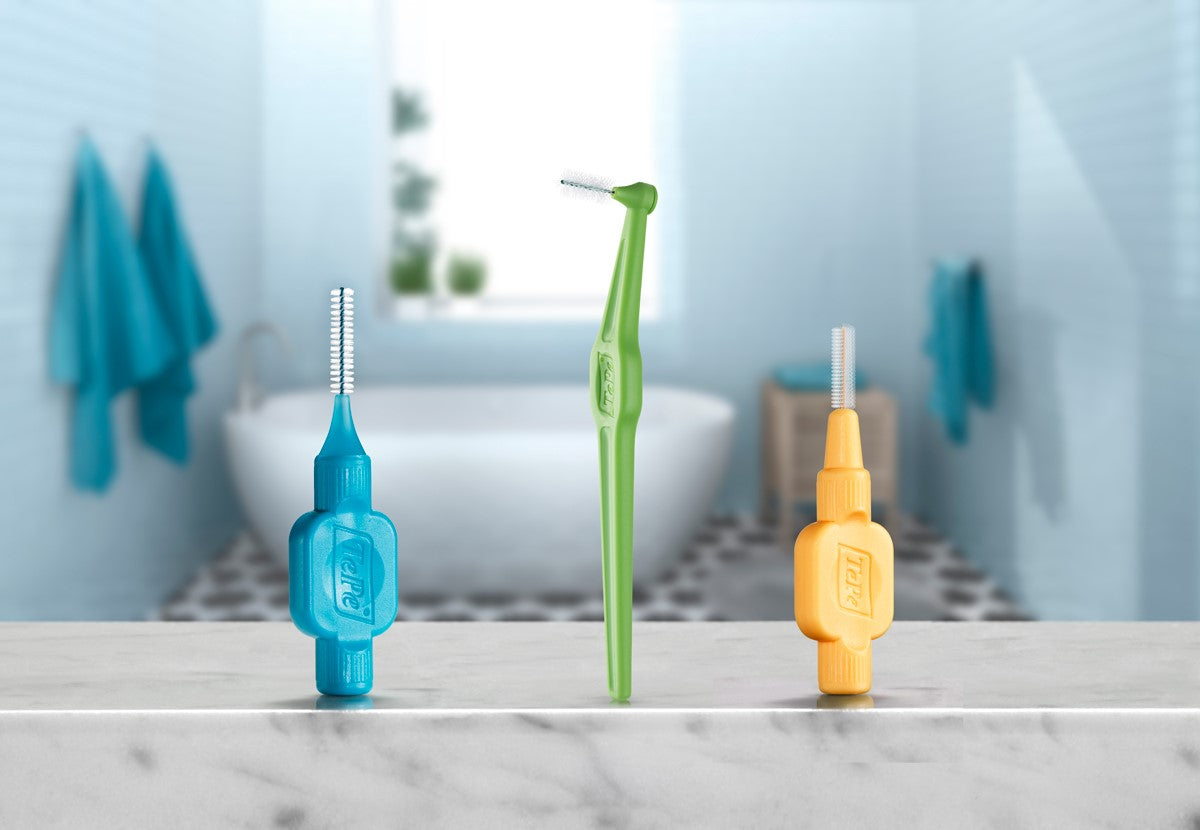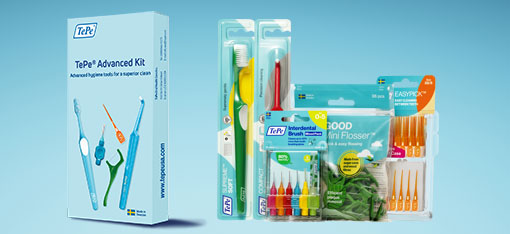TePe’s Choice to Use Sustainable Plastic
TePe’s Choice to Use Sustainable Plastic
At TePe we strive to meet our goals by prioritizing a focus on good people, good practice, and good products. Good product includes sustainable innovation and production, product and packaging materials, resource efficiency, and lowering CO2 emissions.
Rethinking plastics
TePe has been producing high-quality products for over 50 years, and we want to continue this with a focus on sustainability without compromising product safety, quality, or hygienic qualities. Sustainable plastic is non-porous, meaning it does not offer crevices for bacteria to grow. We are committed to provide a renewably sourced plastic.
Before we describe the details about TePe’s sustainable plastic, let us review some terminology.
-
Sustainable: For materials such as plastic to be called sustainable, they must meet three requirements: be environmentally, economically, and socially sustainable.

- Renewable Resource: a resource which can be used repeatedly and replaced naturally. These resources can be recreated or regrown within a relatively short time interval.
- Renewable Energy: is energy collected from renewable resources, which are naturally replenished on a human timescale, such as sunlight, wind, rain, tides, waves, and geothermal heat.
Our Choices for Sustainable Plastic
Today we work with two main materials that both considerably lower our CO2 emissions. Instead of being sourced from fossil-fuel crude oil, we have now integrated renewable sourced materials.
- Plastic made from sugar cane. The carbon footprint is nearly negligible, mainly since the sugar cane plant absorbs CO2 during the cultivation. Sugar cane has low waste and a rapid lifecycle. Sugar is produced for food, and the by-products are used as fertilizer and lastly to create green polyethylene, which is what we use to make our products.
- Plastic made from pine oil in a mass-balance system. The second type of plastic is a certified renewable material based on a mass balance approach using pine oil. By using mass balance, we lower the CO2footprint of our interdental brushes by 80%.

Besides using renewable resources, we also use renewable energy. All TePe’s production takes place at the manufacturing plant in Malmö, Sweden, by use of 100% renewable energy. Part of it comes from the company’s own rooftop solar power facility. Again, these initiatives are reducing the carbon footprint during the life cycle of the product.
As a company we aim to:
- Provide a life cycle assessment of all product and packaging materials to achieve zero carbon footprint.
- Shift to renewable/recycled materials in our products and packaging where possible
- Take a circular approach throughout operations and minimize waste
- Increase energy efficiency and keep using 100% renewable energy in our production











Leave a comment